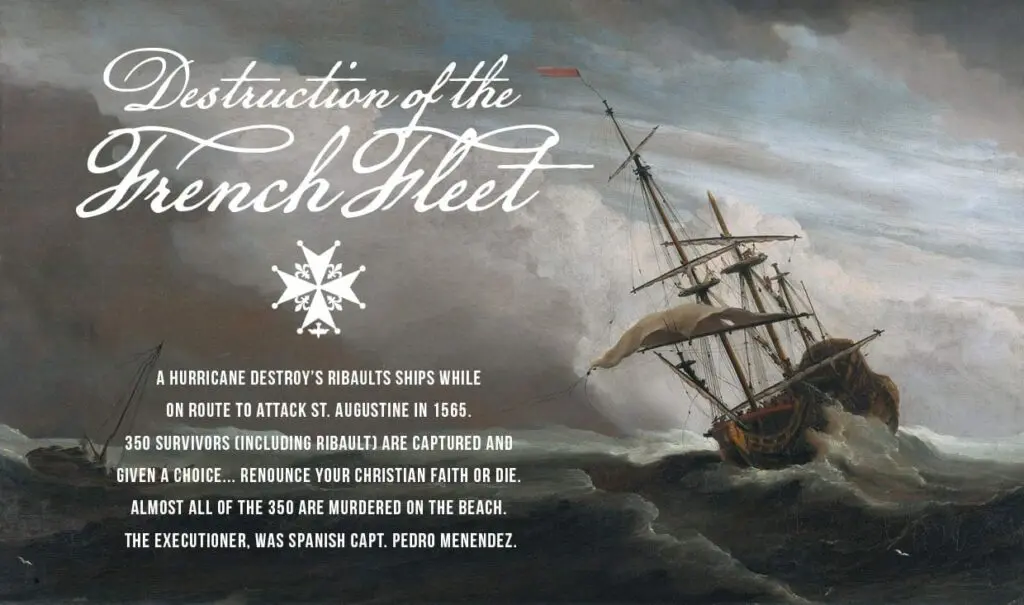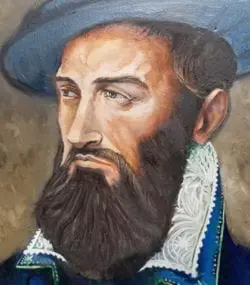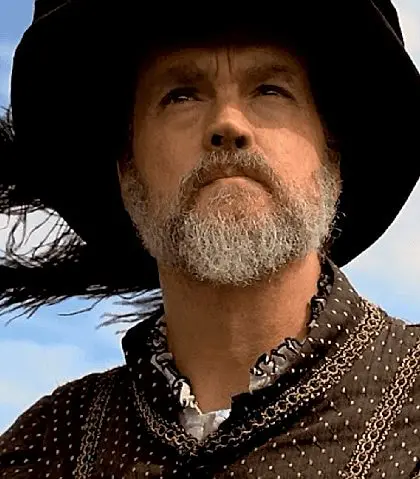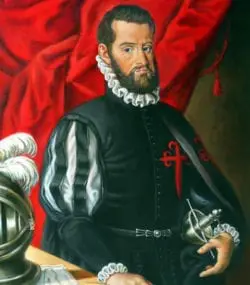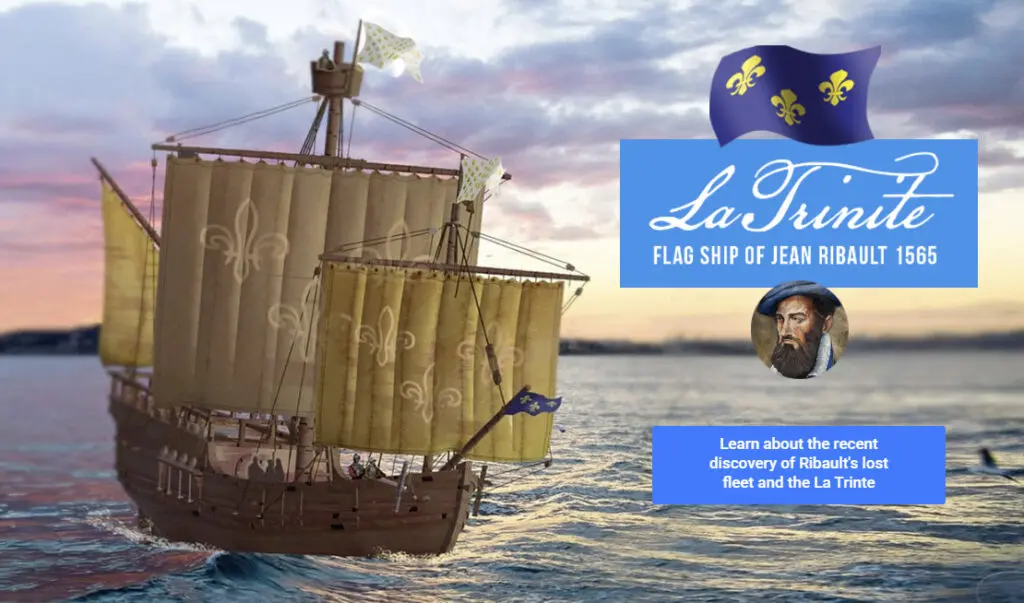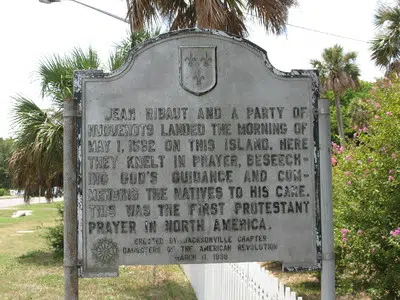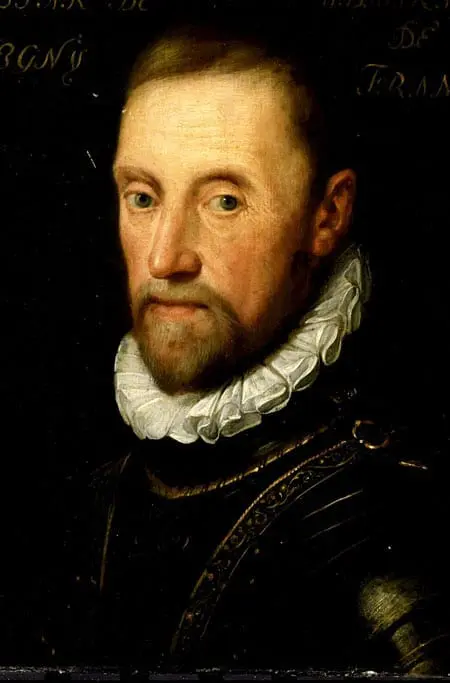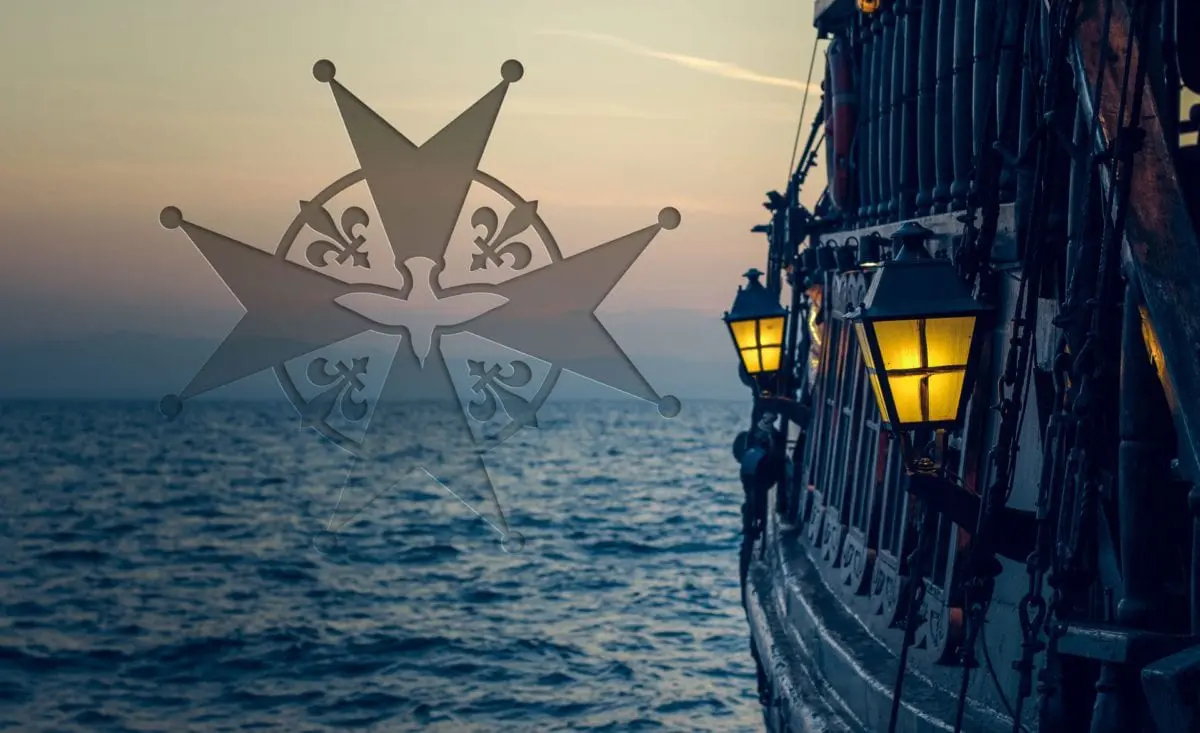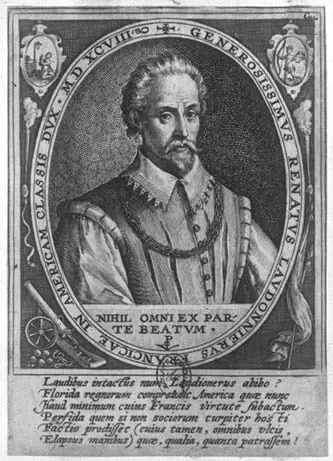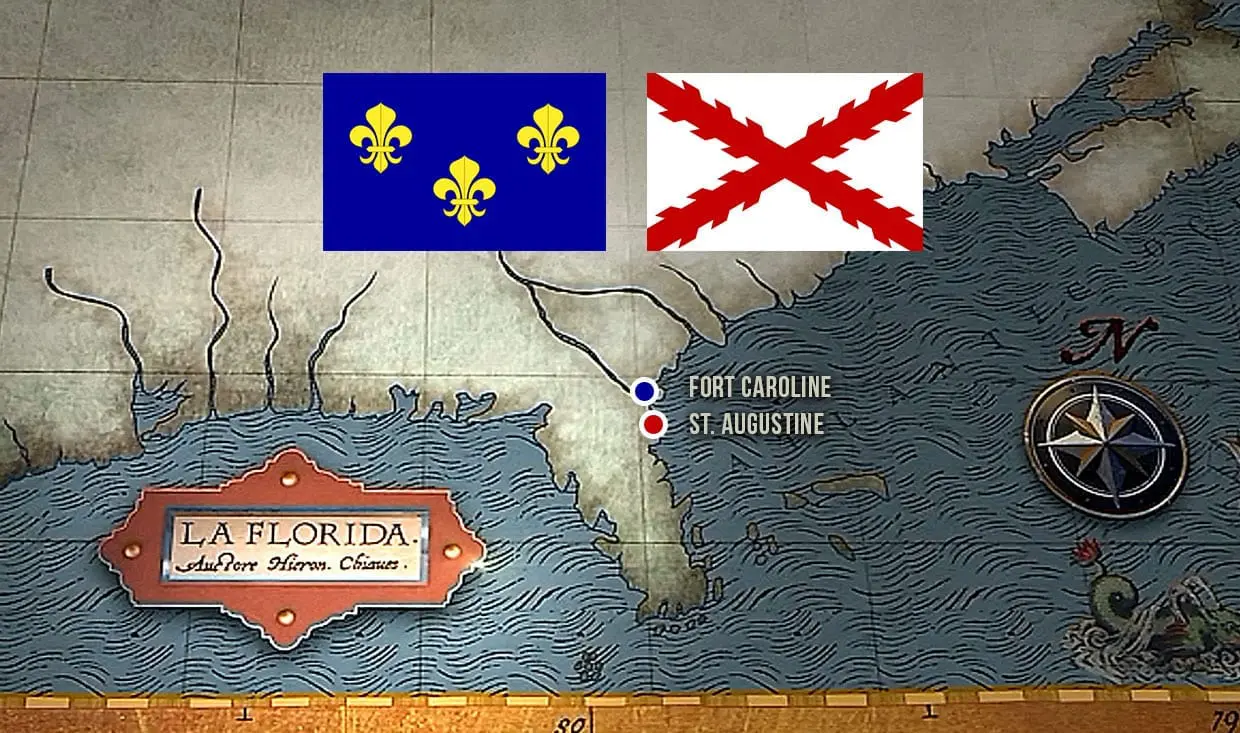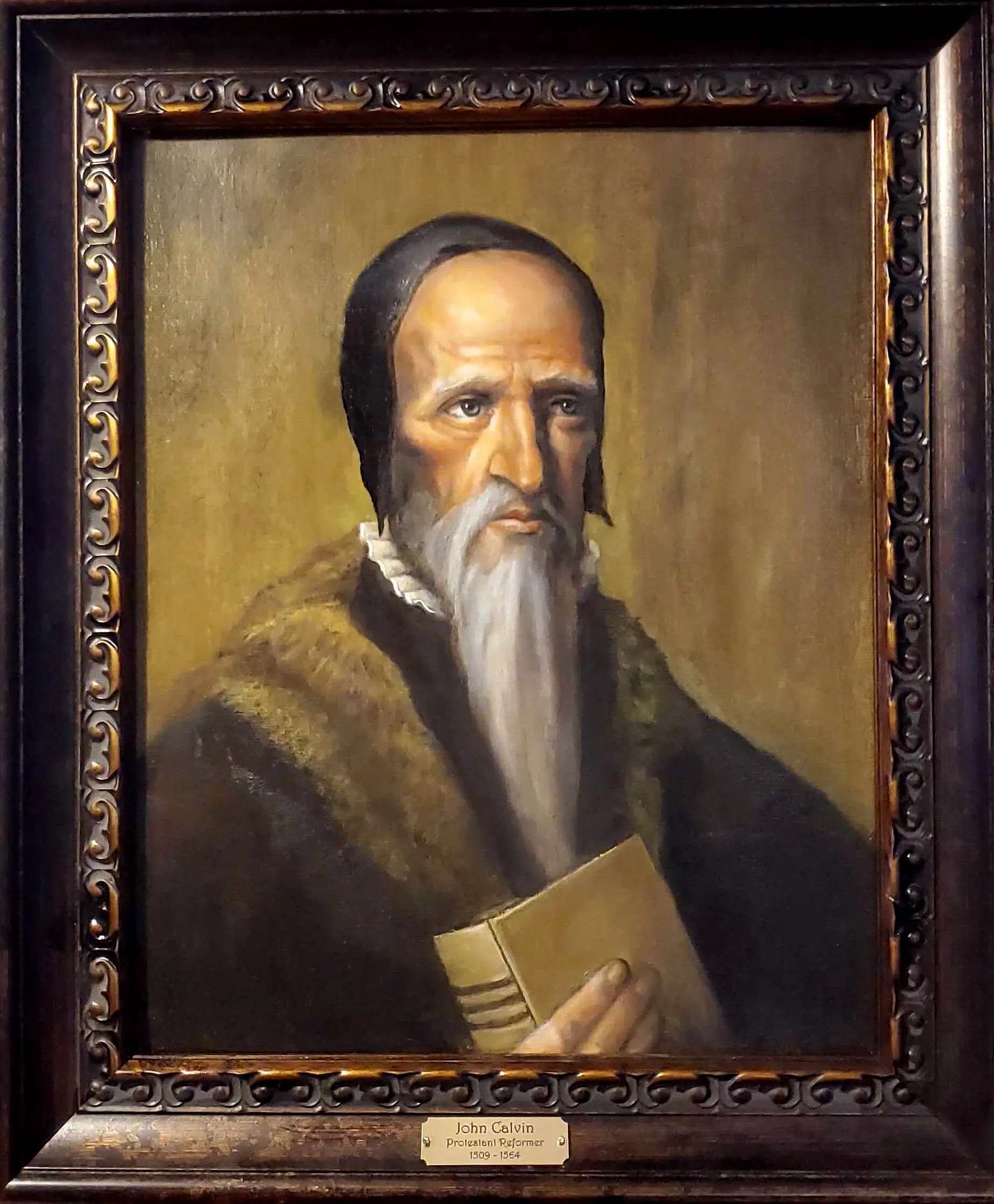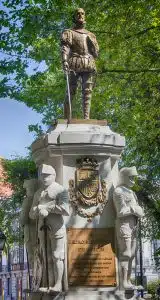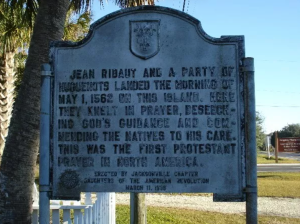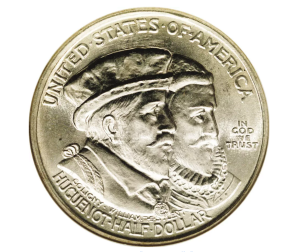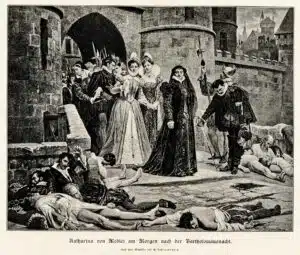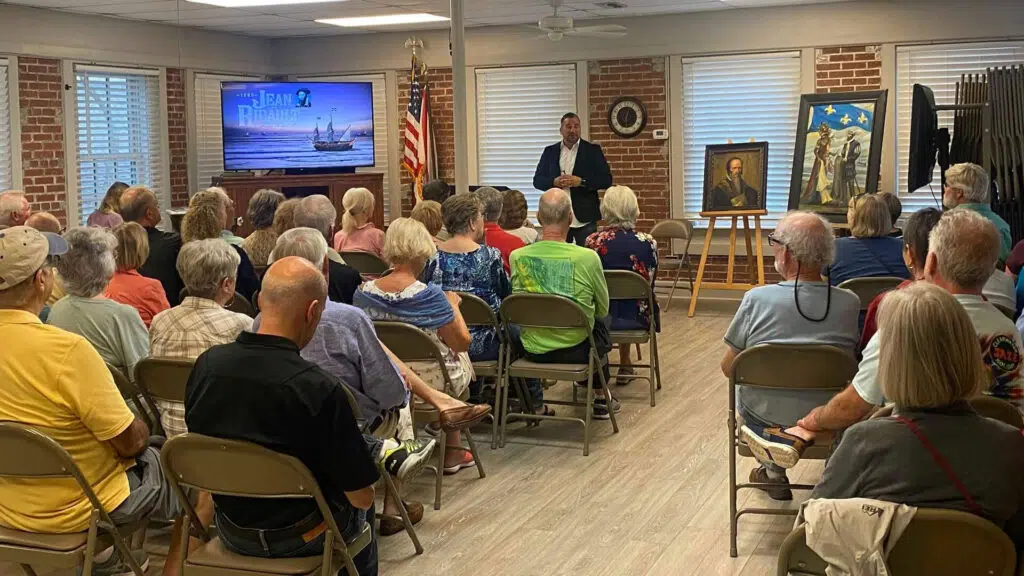WHO WAS JEAN RIBAULT?
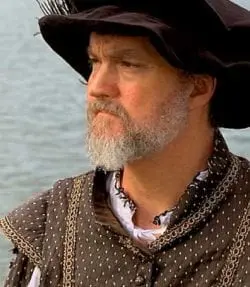
The faithful & fearless French Huguenot
The renowned French navigator Jean Ribault explored the Florida, Georgia, and Carolina coastlines from 1562 to 1565. Ribault was in search of colony locations for French Huguenot Christians fleeing persecution. These Huguenots, sometimes called “Lutherans” by the Spanish, were brutally murdered by the Catholics in France; they were desperate to escape. Jean Ribault led the voyages that put him on a collision path with the Catholic Spanish. Like in France, the Catholic Spanish hated the Christian Huguenots and vowed to destroy them.
Jean Ribault’s epic journey for religious freedom took place 50+ years before the Pilgrims landed on Plymouth Rock (1620).
WHEN WAS JEAN RIBAULT BORN?
Jean Ribault was born c.1520
WHERE WAS JEAN RIBAULT BORN?
His Birth & Childhood
Based on historical records, we know the answer to the question, “when was Jean Ribault born?” Jean Ribault was born in Dieppe, France, in 1520. The early 1500s was a fascinating era of overseas exploration and colonization in the Americas. France was also embroiled in conflicts between Catholics and Huguenot Protestants driven by the Protestant Reformation, which had begun in Germany. Some know this period as the French Wars of Religion. Being born into a world that was being radically impacted by Protestant Reformation significantly shaped Jean Ribault’s life.
About Dieppe, France
Dieppe was a crucial Renaissance port where the greatest French seamen, navigators, and map makers (cartographers) were based. Dieppe was the home to other famous explorers such as Giovanni da Verrazzano, Samuel de Champlain, and Jacques Cartier.
JEAN RIBAULT’S EARLY LIFE
What Happened In Jean Ribault’s Early Life?
Unfortunately, we do not know enough to comprehensively to answer the question, “when was Jean Ribault born.” In his early life, Ribault was originally a sailor with the French Navy. He was led by the Huguenot Admiral Gaspard de Coligny. It was Coligny who chose Ribault to lead a colonization mission to the New World in 1562.
DID JEAN RIBAULT OWN SLAVES?
No. Jean Ribault did not own slaves. Slavery in France did not exist until 60 years (1620) after the lifetime of Jean Ribault. Since his journey to the new world happened in 1562-1565, Ribault did not bring any African slaves with him on his expeditions to Florida or anywhere else during his lifetime.
Further, Ribault did not enslave any native people in the new world Instead, Ribault had peaceful and healthy relationships with the native people in Florida, including the mighty Timucuan tribes and their chiefs. This is likely because French Huguenot beliefs condemned the idea of slavery as evil. Indeed, during Ribault’s lifetime, the famous French Reformer John Calvin preached against the “unnatural” and evil act of slavery during the lifetime of Ribault. These teachings inspired the Huguenots, and Ribault, to carry the truth of the Reformed faith and freedom to the Americas.
Learn more about Jean Ribault and slavery.
JEAN RIBAULT WAS A HUGUENOT, WHAT DOES THAT MEAN?
The name “Huguenot” was used to describe someone who was a Protestant Christian rather than a member of the Roman Catholic Church ruled by the pope. Typically, the term was reserved for French Protestants. The Encyclopedia Britannica defines it this way: “Huguenot, any of the Protestants in France in the 16th and 17th centuries, many of whom suffered severe persecution for their faith.”
What Exactly Is a Huguenot?
Huguenots were a devout group of Christians known by several names, such as French Protestants, Evangelicals, Calvinists, Lutherans, and sometimes Reformed Christians. They were persecuted by the Roman Catholic Church, which was powerful in France. One of the most extreme examples of this persecution was the violent St. Bartholomew’s Day massacre in 1572. This event led to the murder of up to 20,000+ Huguenots in Paris and thousands more outside of the city. By the end of the century, many Huguenots fled France for other countries due to these “French Wars of Religion.” This caused a “brain drain” in France as the Huguenots represented a diverse cross-section of people from bankers to fishermen, merchants, teachers, clergymen, carpenters, and many nobles of royal blood. Up to 2 million people in 5+ years left the Catholic Church and turned to this “Reformed faith” led by such men as John Calvin and Martin Luther.
WHY DID THEY PERSECUTE THE HUGUENOTS?
A spiritual awakening known as the Protestant Reformation (started by a monk named Martin Luther in Germany) was raging like a fire across Europe and had come to France. Non-Roman Catholics (French Huguenots) were mostly common, everyday people. They were rejecting the rampant corruption of the Roman Catholic Popes and priests.
In the 1500s, many of the French leaders were traditional Roman Catholics and despised the new Protestant Reformation led by men such as Martin Luther and John Calvin. However, the Huguenot movement was rapidly growing in France. This was cause for concern for the French Roman Catholic rulers.
This Protestant movement (also known as the Protestant Reformation) threatened the power and control of the now tyrannical Catholic Church over the “regular folks” in France and all over Europe. To suppress this anti-Catholic movement and protect its power, the Catholic Church unleashed murderous persecution against Protestant Christians.
Learn More St. Bartholomew Day Massacre.
JEAN RIBAULT & THE NEW WORLD
Why Did He Come to The New World?
Jean Ribault came to the New World searching for locations to establish Huguenot colonies. These colonies were intended to be a refuge where Huguenots could live and escape the brutal persecution in France.
What Colonies Did Jean Ribault Influence in The New World?
He was involved in the formation and direction of two primary colonies in the Americas. These were Fort Caroline and Charlesfort. These two colonies were located in what is now known as Florida and South Carolina. They were also originally located in close proximity to Spanish settlements in the New World.
JEAN RIBAULT & HIS RETURN TO EUROPE
What Happened When Jean Ribault Returned to Europe?
Jean Ribault returned to France after his first voyage to the New World. When he returned, he realized that the persecution of the Huguenots had worsened. In fact, he fled to England to escape the violence. In England, Ribault was captured and jailed under suspicion of being a spy. However, after he was released from the infamous Tower of London, he was once more enlisted by Admiral Coligny to take part in yet another voyage to the New World.
What Problems Arose for Jean Ribault Upon His Return?
For a short time, Jean Ribault assumed command of Fort Caroline and continued to settle the area with the 800 colonists who had come with him on his second voyage. However, the Spanish had also begun to build up their position in Florida. This presented a serious threat to the French Huguenots. Under the command of Pedro Menendez, Spanish ships engaged in several skirmishes with French ships. Two empires were colliding in the New World, and it would not end well for Jean Ribault and the French.
What Was Jean Ribault’s Flagship?
La Trinité was the flagship that Ribault had taken to the New World on his expeditions. It was ultimately shipwrecked in a storm. The wreck was recently found in 2018 near modern-day Cape Canaveral in Florida. It is marked as one of North America’s most significant maritime discoveries. You can Google “Discovery of La Trinité in Florida” for more exciting updates!
THE DEATH OF JEAN RIBAULT
How Did Jean Ribault Die?
Jean Ribault was murdered, along with several hundred other Huguenots, by the Spanish Pedro Menendez de Aviles near present-day Daytona Beach, Florida. Menendez had been ordered by the Spanish king to destroy the French colony of Fort Caroline. On the third voyage of 1565. Ribault’s fleet of ships that were headed to St. Augustine to attack the Spanish was caught in a hurricane-force storm. Ribault’s flagship, La Trinite, sank in, yet many of his crew, along with Jean Ribault, survived and made it to shore. Ribault was captured by the Spanish and, after promises of safety, was executed because he would not renounce his Protestant “Huguenot” faith. The legendary Captain Jean Ribault, who crossed an ocean 3 times to escape religious persecution in France, was ultimately killed in the new world for being a French Huguenot. Jean Ribault was born in Dieppe, France 1520 and died near Daytona Beach, Florida 1565.
